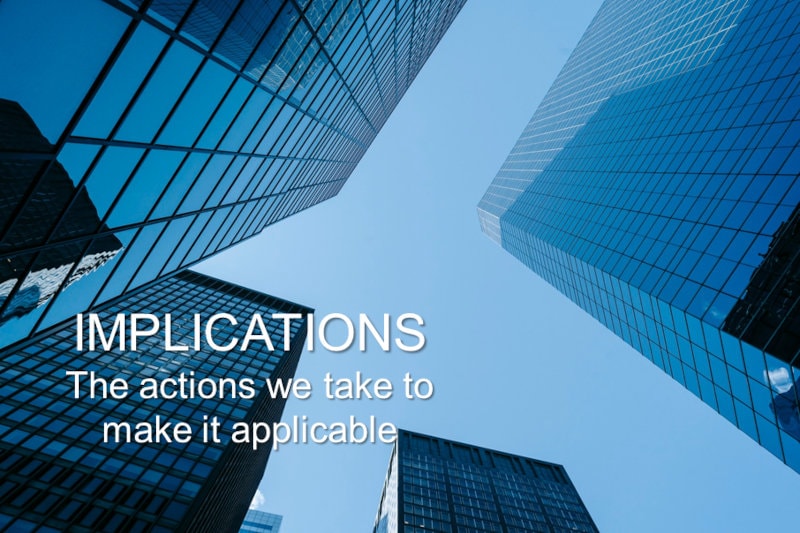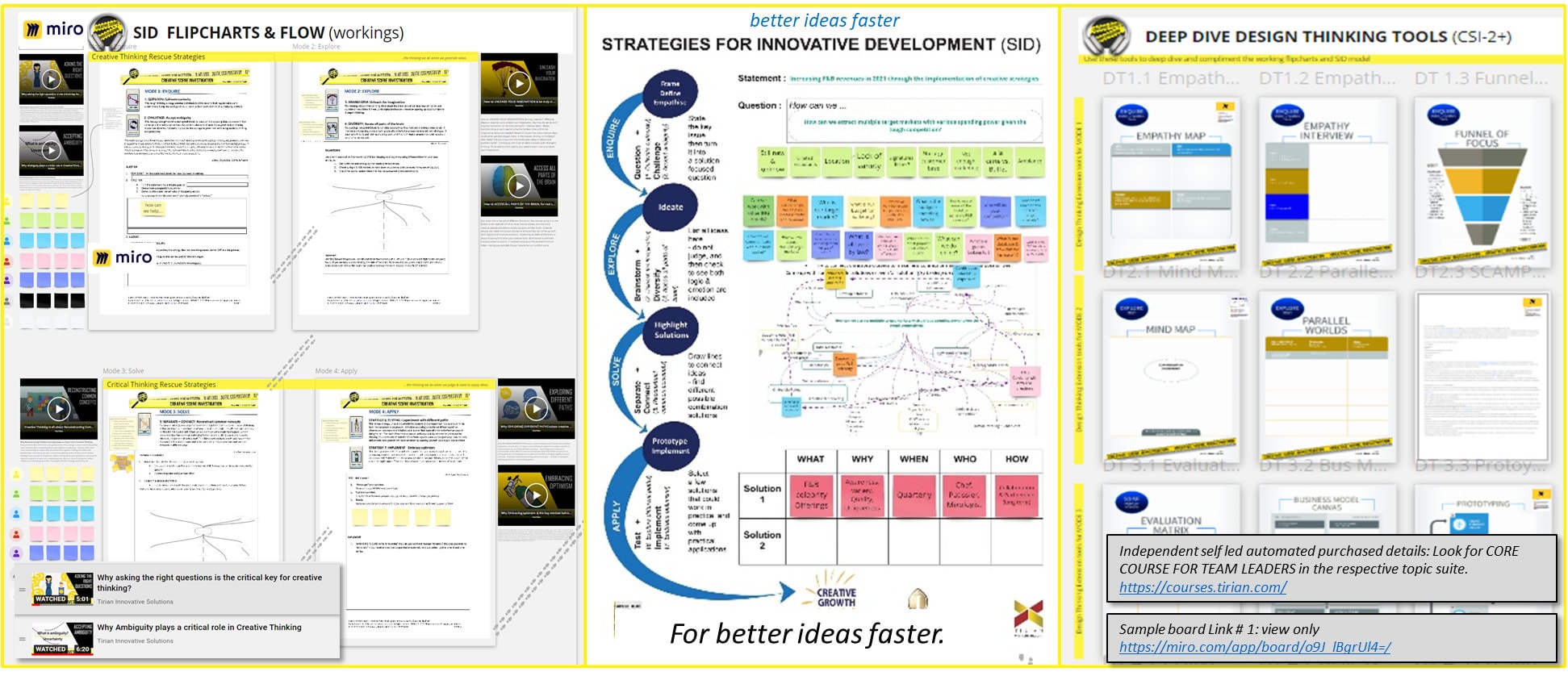The Creative Process
FOR EFFECTIVE DESIGN THINKING & INNOVATION

Why Design Thinking Fails (Keynote by Andrew Grant – Innoday Stockholm)
The Creative Process: 7 Creative Thinking Rescue Strategies
The Creative Process program consists of the following modules:

How to come up with better ideas and solutions faster
Developing your innovative problem-solving capabilities
It can be easy to do things the way they’ve always been done. Yet sticking with familiar ways of operating will not necessarily prepare us for unknown future scenarios. What can be difficult but will be essential for the future is to come up with original solutions that are also practical and effective. This program explores how to solve challenges more innovatively to come up with both unique and useful outcomes. It provides a strategy for breaking down a challenge into the component parts and addressing the elements systematically. The tool provided has been successfully applied in relevant work-based scenarios and can be effectively implemented whenever a new challenge is faced. The module’s methodological structure of “Teach and Learn”, then “Try and Apply” ensures a practical final solution for a real workplace challenge, and the ability to reuse and apply it for ongoing success.
1: Creative Thinking Rescue Strategies –Better Ideas Faster!
We need creative thinking to generate unique ideas. Creative thinkers will learn to challenge dogma and construct unusual elements based on Divergent Thinking. This session covers personal creativity to redesign your brain.
Enquire & Explore Process
- Divergent thinking to access all parts of your brain (left & right, front & back, thinking fast & slow, processing), the power of ideation, questioning, and harnessing ambiguous thinking.
- By exploring the importance of both divergent and convergent thinking, it is possible to see situations differently and solve complex puzzles.
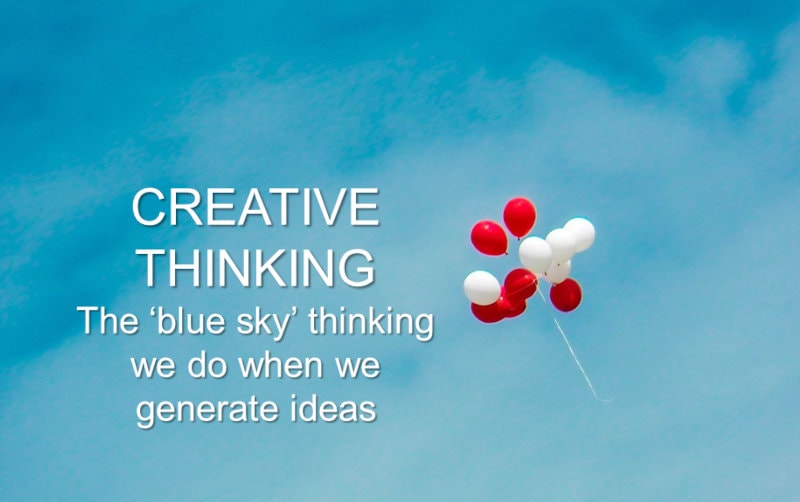
2: Critical Thinking Rescue Strategies – Better Solutions Faster!
Critical Thinking is a key follow up from Creative Thinking to complete the model and ensure strategic results. Critical Thinking seeks to assess the worth or validity from the new ‘creative’ idea. Critical thinking is the thinking we do when we judge & need to apply ideas. It is the art of analyzing and evaluating thinking with a view to improving & implementing the creative ideas. This version of the full CSI2 workshop looks specifically at the right side of the SID model to explore using critical thinking skills.
Solve & Apply Process
- Critical thinking is the art of analyzing and evaluating thinking with a view to improving it.
- Critical thinkers rigorously question ideas and assumptions rather than accepting them at face value.
- This session will enable participants to determine whether the ideas, arguments and findings represent the entire picture. Participants will also be open to finding that won’t work.
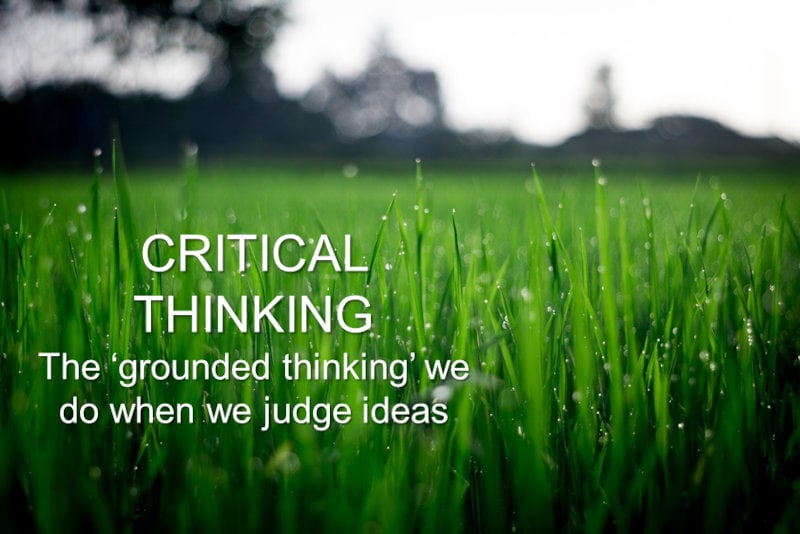
REC TIME
1/2-1 day
REC SIZE
7-50
PLATFORMS
Keynote, Workshop, Online, Virtual, Self-led
The Creative Process Collaborator Canvas (with Design Thinking tools)
This online canvas comes with complete instructions, videos, and steps for any leader to run the program’s core elements independently with a small team. The boards ensure a quick way to start conservations and develop faster solutions.


